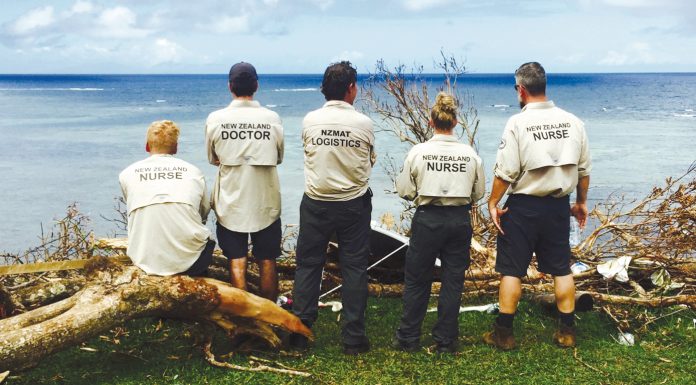Student nurses can be leaders. This is a comment that polarises nursing faculty, clinical staff and student nurse opinion. Yet an essential element of strong nursing leadership is patient advocacy – and students are often best placed to do this.
Fresh eyes steeped in best practice and the latest research can provide a critical commentary on the old ways of working and on organisational structures that can act as barriers to person-centred, evidence-based care. Students are often accused of being idealistic and not understanding what nursing is like in the real world; however, aligning what they may see in clinical practice with what they have been taught is often a very real dilemma for nursing students.
Pedler, Burgoyne, and Boydell (2010) describe leadership as being an activity which generates socially useful outcomes. Students are also able to start practising leadership in this way. Rather than complaining about their experiences and walking away, students are challenged to investigate and critically analyse issues they come across in the clinical environment so as to help inform and add value to their nursing practice.
Students are taught the need to be assertive, the need to challenge what they consider to be poor practice and to share what they know to be the best. This can be rather daunting for student nurses on clinical practice – as traditionally they have had little influence in the clinical settings they visit. Therefore students must become as competent in these areas as all others during their undergraduate studies.
Encouraging student voices
Educating and developing students as leaders is a central purpose of the Bachelor of Nursing programme at the University of Auckland where I teach. To this end we have developed an assignment for second year students in which they are expected to demonstrate an informed perspective of their clinical experience that is underpinned by relevant literature, evidence, policies or guidelines. The assignment is solution focused, they are required to seek out evidence about issues identified and to provide practice recommendations. The work is presented in the form of a journal article that students will be encouraged to submit to publications like Nursing Review.
While developing the assignment, I approached Nursing Review to see whether they were interested in developing a section specifically for nursing students to present critical reflections and other items relevant to student nurse life. Our students were surveyed and found to be overwhelmingly positive about their desire to read and contribute to such a section. Although similar platforms exist internationally, the new Nursing Review section will be the first of its kind in New Zealand.
Using a solution-focused, analytical approach, students will develop a wider understanding of what they see and experience in the clinical environment. Finding a voice, albeit in print or online, demonstrates leadership by informing the community as a whole. This process will contribute to the development of pre-registration students who can challenge practice issues in a reasoned way.
Ultimately it provides the scaffold to developing new graduate nurses who are leaders in nursing practice, simultaneously contributing to new initiatives which will showcase a student nurse perspective of the clinical practice environment.
Reference: Pedler M, Burgoyne J, & Boydell T (2010). A Manager’s Guide to Leadership. McGraw-Hill Education (UK).
AUTHOR: Cathleen Aspinall is a professional teaching fellow at the University of Auckland school of nursing.




















